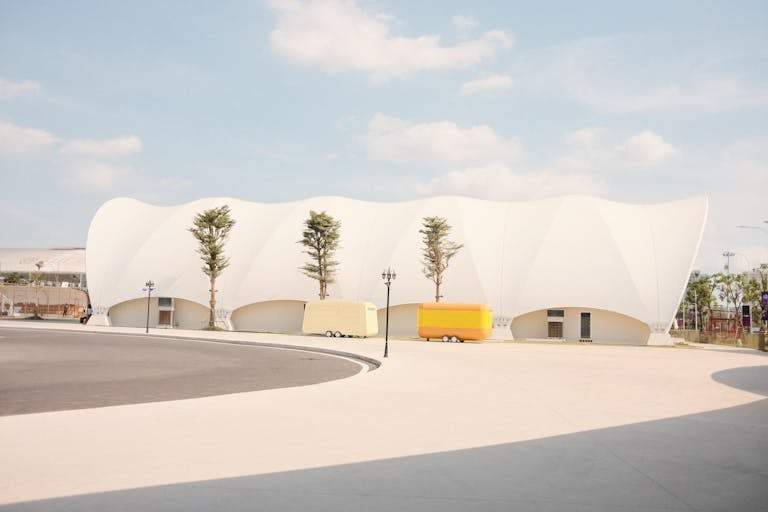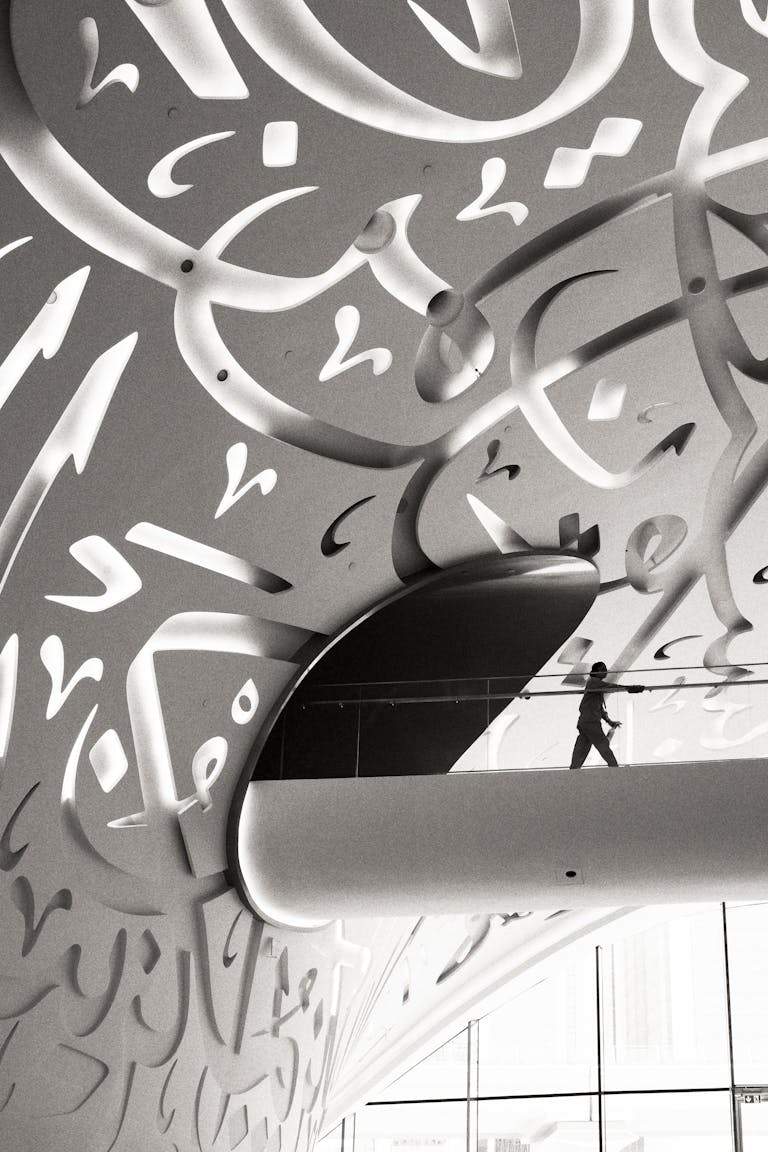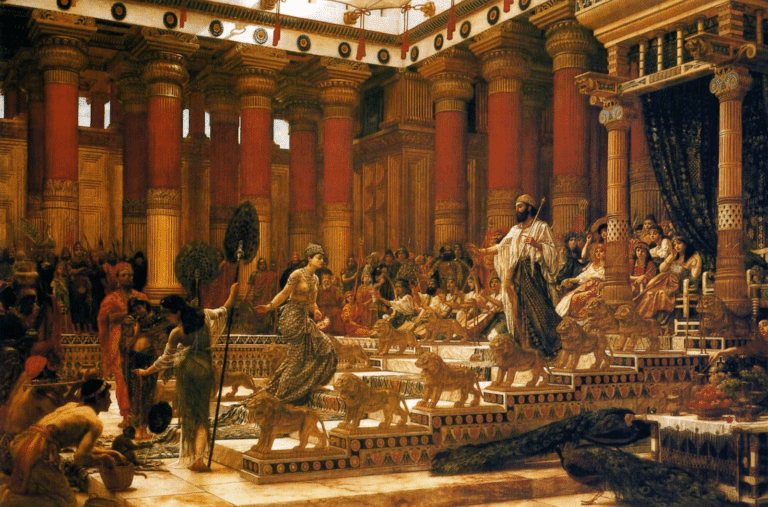Urban areas are often characterized by fast-paced lifestyles, high population density, and diverse communities. While cities offer vast opportunities, they can also create social isolation due to poor urban design. Architecture plays a pivotal role in shaping social interactions, fostering community engagement, and creating inclusive, vibrant urban spaces. This article explores how architectural planning, innovative public spaces, and smart urban design can enhance social interaction and build stronger communities.
1. The Role of Architecture in Social Connectivity
Architecture is more than just the construction of buildings; it influences how people interact, communicate, and engage with their surroundings. Thoughtful urban design can create shared spaces that encourage connection, support inclusivity, and foster a sense of belonging.
Key Ways Architecture Impacts Social Interaction:
- Public Spaces: Parks, plazas, and pedestrian-friendly areas promote gatherings.
- Mixed-Use Developments: Combining residential, commercial, and cultural spaces enhances social engagement.
- Walkability & Accessibility: Encouraging pedestrian movement fosters spontaneous interactions.
- Green Spaces: Providing natural areas improves well-being and community bonding.
2. Designing Public Spaces for Social Engagement
Well-designed public spaces act as social catalysts, encouraging people to meet, interact, and form connections. These areas should be inclusive, accessible, and inviting to people of all backgrounds and abilities.
Key Features of Socially Engaging Public Spaces:
- Open and Flexible Design: Adaptable spaces for events, gatherings, and leisure.
- Comfortable Seating Areas: Encouraging rest and conversation.
- Interactive Elements: Water features, art installations, and playgrounds create shared experiences.
- Shaded & Green Areas: Enhancing comfort and inviting people to spend more time outdoors.

3. The Importance of Mixed-Use Architecture
Mixed-use developments integrate housing, workspaces, retail, and recreational areas, reducing urban sprawl and increasing daily interactions among residents.
Benefits of Mixed-Use Urban Design:
- Encourages Community Engagement: Residents interact in shops, cafés, and shared spaces.
- Reduces Commute Time: More time for socializing and recreational activities.
- Enhances Safety: Active streets discourage crime and promote communal surveillance.
- Supports Local Businesses: Strengthens the local economy and builds stronger community ties.
4. Walkability and Pedestrian-Friendly Environments
Cities designed for walkability encourage spontaneous interactions and increase physical activity. Pedestrian-friendly urban planning includes:
- Wide, Well-Lit Sidewalks: Enhancing safety and ease of movement.
- Traffic-Free Zones: Reducing vehicle dominance and promoting pedestrian-friendly districts.
- Public Transportation Integration: Encouraging interactions through shared travel experiences.
- Bike-Friendly Infrastructure: Promoting an active lifestyle while connecting communities.
More on ArchUp:
5. How Smart Architecture Can Enhance Social Connection
Technology-driven urban planning enhances social interaction through smart architectural solutions.
Innovations in Smart Urban Design:
- Interactive Street Furniture: Benches with solar-powered charging stations and Wi-Fi access.
- Augmented Reality Public Installations: Engaging digital experiences in public spaces.
- Smart Lighting Systems: Creating inviting atmospheres in shared spaces.
- Community-Driven Digital Platforms: Connecting neighbors through local events and initiatives.
6. The Psychological and Emotional Benefits of Social Urban Design
Cities designed with social interaction in mind enhance mental well-being, reduce stress, and create stronger community bonds. People feel safer, happier, and more connected when architecture supports their social needs.
How Social Architecture Improves Well-Being:
- Encourages Face-to-Face Interaction: Reducing loneliness and isolation.
- Fosters a Sense of Belonging: Strengthening social networks.
- Enhances Safety & Security: Active spaces deter crime and promote communal support.

Conclusion
Architecture is a powerful tool in shaping how people interact in urban spaces. By prioritizing public spaces, mixed-use developments, pedestrian-friendly designs, and smart architecture, cities can become more socially connected and inclusive. As urban populations grow, integrating human-centric architectural strategies will be key to fostering stronger, healthier, and more engaged communities.







